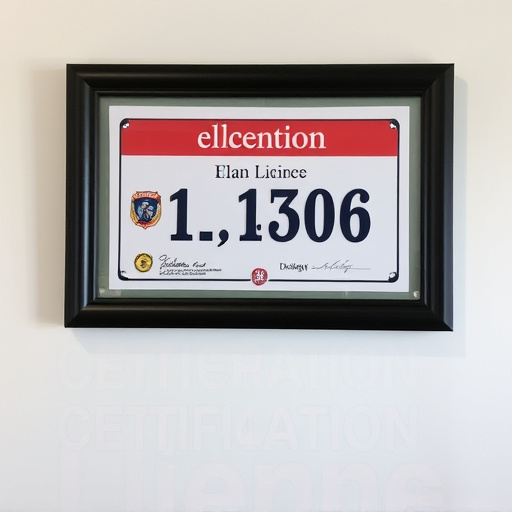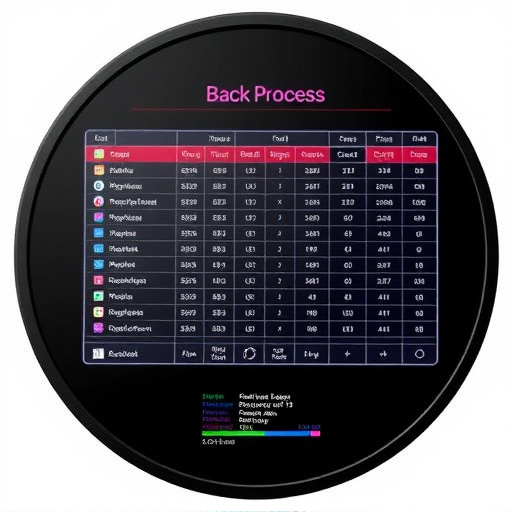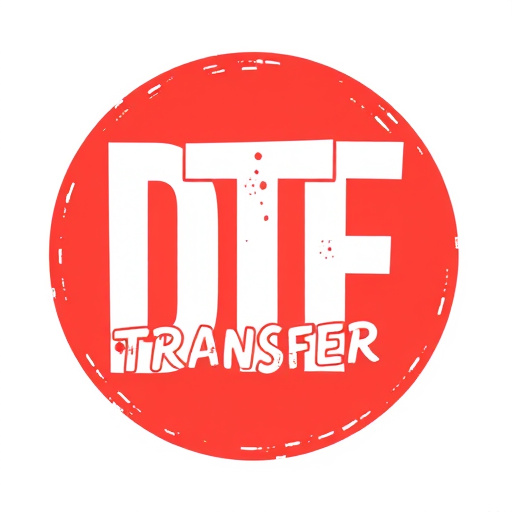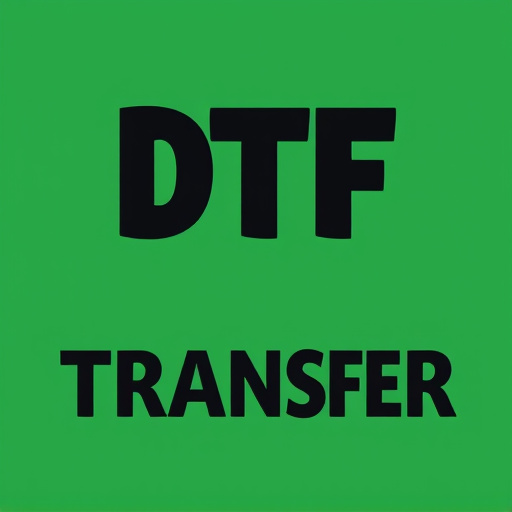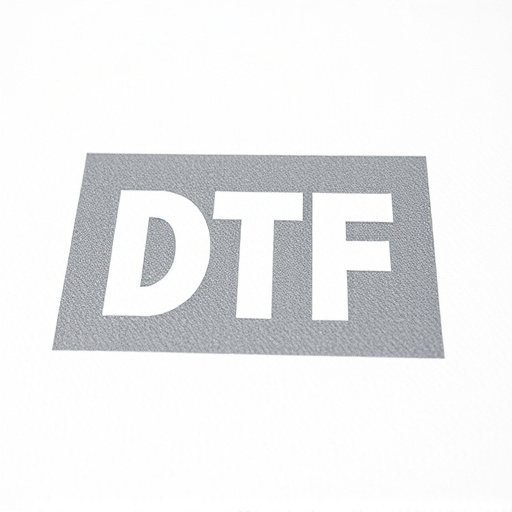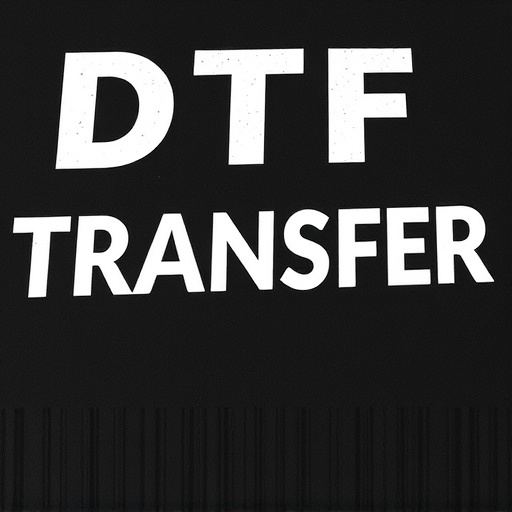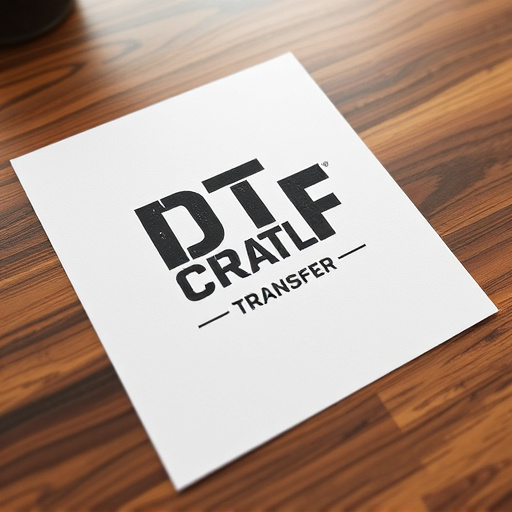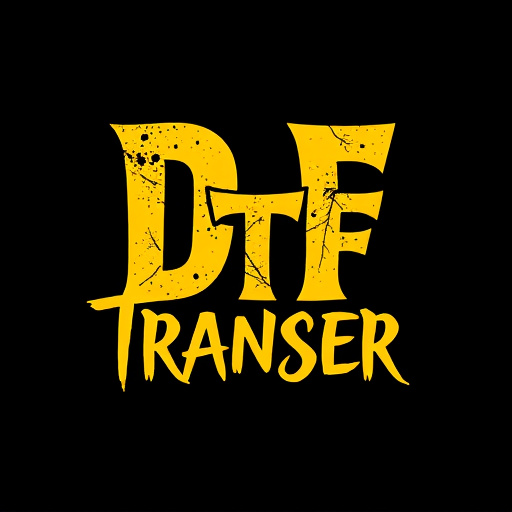DTF Prints (Direct-to-Film) are revolutionizing cinema production in the US by offering unparalleled control over image quality and color accuracy, especially for independent filmmakers. Advancements in digital printing technologies have driven their growing popularity, eliminating traditional film processing constraints. Despite challenges like maintaining consistent print quality across diverse substrates and environmental factors, DTF Prints are transforming film distribution with cost-effectiveness, speed, and improved inkjet technology. The future looks bright, with enhanced color accuracy, durability, and efficiency, plus expanding applications in fashion, art, and advertising, making DTF printing a popular method for realizing creative visions promptly and efficiently.
Direct-to-film (DTF) transfers, a cutting-edge method of capturing cinematic visuals, have emerged as a powerful tool for independent filmmakers in the United States. This article delves into the world of DTF prints, exploring their benefits, historical evolution, and future prospects. From understanding the technology’s fundamentals to analyzing industry trends and challenges, we provide a comprehensive overview. Discover how DTF printing is revolutionizing film production, offering filmmakers an innovative way to bring their visions to life on the big screen.
- Understanding Direct-to-Film (DTF) Prints: A Brief Overview
- The History and Evolution of DTF Technology in the US
- Benefits of DTF Printing for Independent Filmmakers
- Challenges and Considerations in US DTF Production
- Key Players and Industry Trends in American DTF Space
- Future Prospects: Where is DTF Transfer Heading in the USA?
Understanding Direct-to-Film (DTF) Prints: A Brief Overview
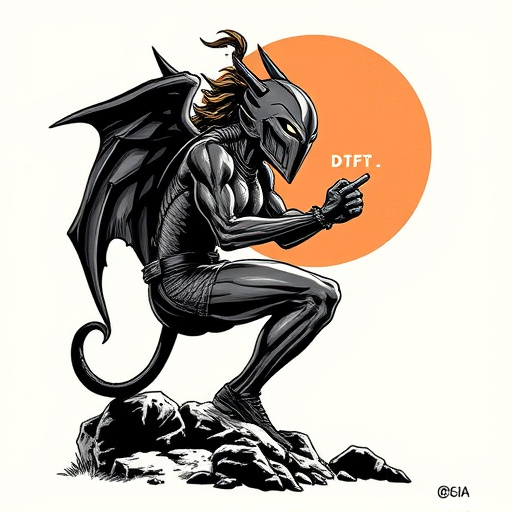
Direct-to-film (DTF) prints represent a cutting-edge method in the production and distribution of cinema. Unlike traditional printing techniques, DTF allows for the direct transfer of digital data onto film stock, eliminating the need for intermediate steps. This innovative process offers unparalleled control over image quality, color accuracy, and grain structure. By bypassing the conventional projection and scanning methods, DTF prints deliver a more authentic cinematic experience.
With advancements in digital cinema technology, DTF prints have gained traction in the United States. They offer a range of benefits, including enhanced visual fidelity, cost-effectiveness, and faster production turnaround times. This method is particularly appealing for independent filmmakers, as it provides an accessible way to create high-quality feature films, documentaries, and short videos without the extensive resources typically required in traditional film production.
The History and Evolution of DTF Technology in the US
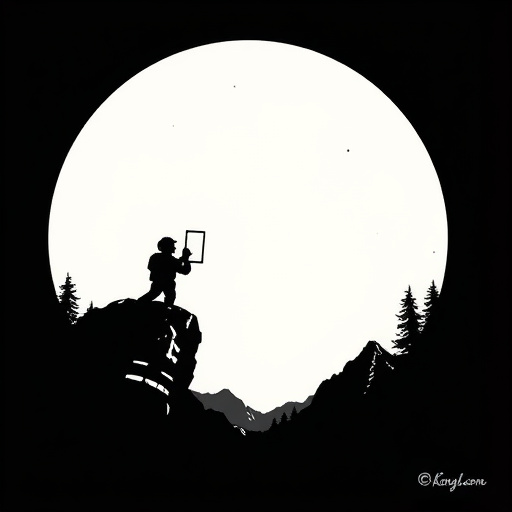
The history of Direct-to-Film (DTF) technology in the United States traces back to the late 20th century, when the need for efficient and cost-effective printing solutions arose, primarily driven by advancements in digital media. This innovative process revolutionized the print industry, especially for short-run and on-demand printing applications. DTF Prints offered a unique alternative to traditional offset printing, enabling businesses and artists to produce high-quality, custom prints directly from digital files without the need for film plates.
Over time, DTF technology evolved significantly, improving its capabilities and expanding its reach. Early DTF systems utilized inkjet printers to apply inks directly onto various substrates, including paper and fabric. As technology advanced, DTF became more versatile, accommodating a broader range of materials, such as metal, plastic, and even glass, opening up new possibilities for product branding, signage, and artistic expression. Today, with advancements in digital printing technologies, the United States leads in DTF production, offering exceptional quality and precision for various industries.
Benefits of DTF Printing for Independent Filmmakers
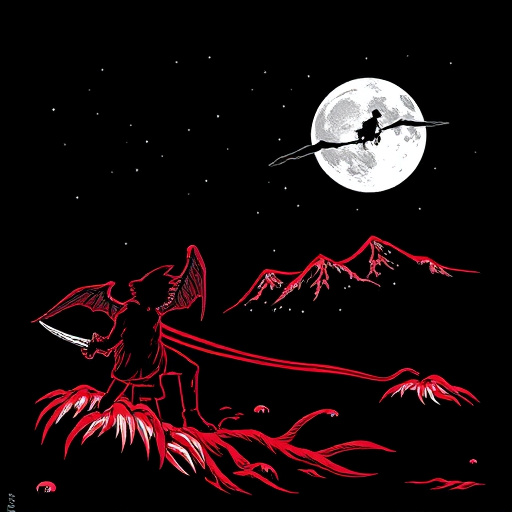
Direct-to-film (DTF) printing offers a game-changing solution for independent filmmakers looking to bring their vision to life cost-effectively. By bypassing traditional film processing methods, DTF technology allows creators to produce high-quality prints directly from digital negatives. This innovative approach streamlines production workflows, enabling filmmakers to save time and resources while maintaining exceptional image quality.
One of the significant advantages for independent makers is the ability to print small batches or even single copies at a reasonable cost. DTF printing eliminates the need for expensive film stock and complex lab equipment, making it an attractive option for limited-run projects or niche distributions. This flexibility empowers filmmakers to explore unique presentation methods, such as festival screenings, pop-up exhibitions, or personalized gifts, enhancing their creative freedom and audience engagement.
Challenges and Considerations in US DTF Production

Direct-to-film (DTF) printing in the United States comes with its unique set of challenges and considerations. One of the primary hurdles is ensuring consistent print quality across various substrates, as DTF inks need to adhere firmly to different types of materials, from vinyl to canvas. Environmental factors like temperature and humidity also play a significant role, requiring precise control to achieve optimal printing results.
Additionally, color accuracy is a critical aspect that DTF producers must navigate. Achieving vibrant, true-to-life colors demands the use of high-quality inks and careful calibration of print equipment. The industry faces constant pressure to keep up with evolving technologies and consumer expectations, particularly in terms of speed and efficiency without compromising on print quality, further complicating the production process.
Key Players and Industry Trends in American DTF Space
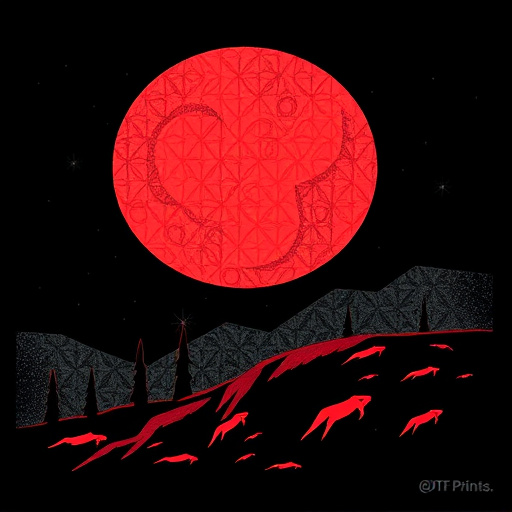
The United States has seen a surge in Direct-to-Film (DTF) printing technology, revolutionizing the way films are distributed and accessed. Key players in this burgeoning industry include prominent print service providers offering cutting-edge DTF prints, catering to independent filmmakers, production companies, and even major studios. These companies utilize advanced inkjet printers capable of producing high-quality, large-format prints directly from digital files, eliminating the need for traditional film processing.
Industry trends suggest a growing demand for DTF prints due to their cost-effectiveness, speed, and convenience. The rise of streaming platforms has further fueled this trend, as filmmakers seek alternative means to distribute their work. Additionally, advancements in inkjet technology have led to improved image quality, wider color gamuts, and better durability, making DTF prints a viable option for both short-run and large-scale projects. This shift towards digital printing is reshaping the cinematic landscape, offering new opportunities for filmmakers to bring their visions to life promptly and efficiently.
Future Prospects: Where is DTF Transfer Heading in the USA?

The future of direct-to-film (DTF) transfers in the United States looks promising, with continuous advancements pushing the boundaries of what’s possible. As technology evolves, DTF printing is becoming more accessible and versatile, catering to a diverse range of applications. The demand for high-quality, on-demand DTF prints is growing, particularly in industries like fashion, art, and advertising. This shift towards customization and quick turnaround times is driving innovation, leading to more efficient processes and improved image quality.
With advancements in ink technology and printing techniques, future DTF transfers will offer enhanced color accuracy, better durability, and a wider range of substrate options. The integration of digital technologies, such as AI and automation, could streamline production, reduce waste, and lower costs. As a result, DTF prints are likely to become even more popular, providing businesses and artists with a cost-effective and efficient way to bring their creative visions to life.


